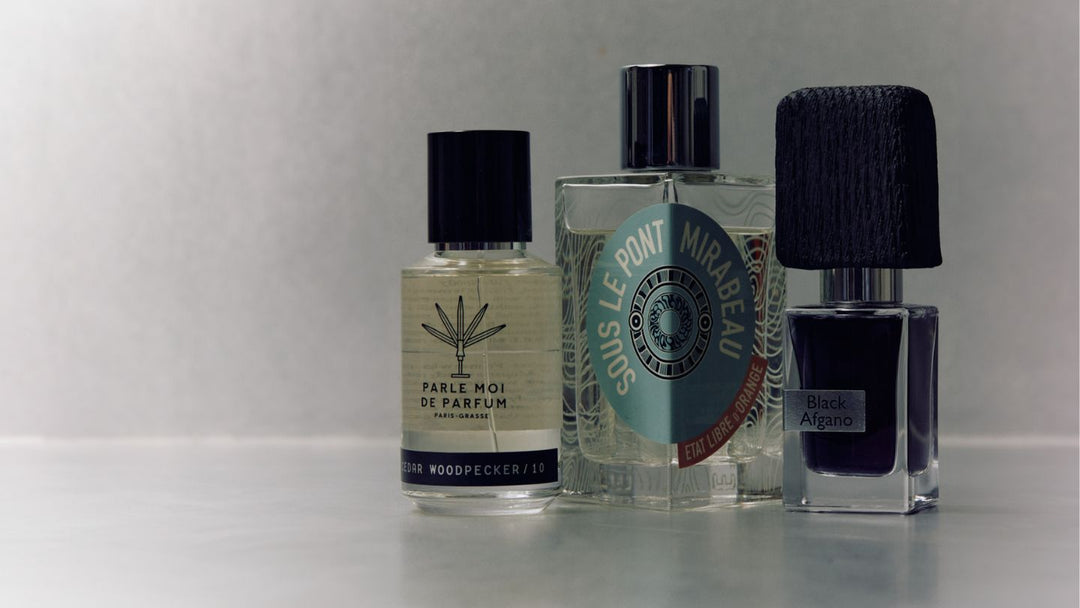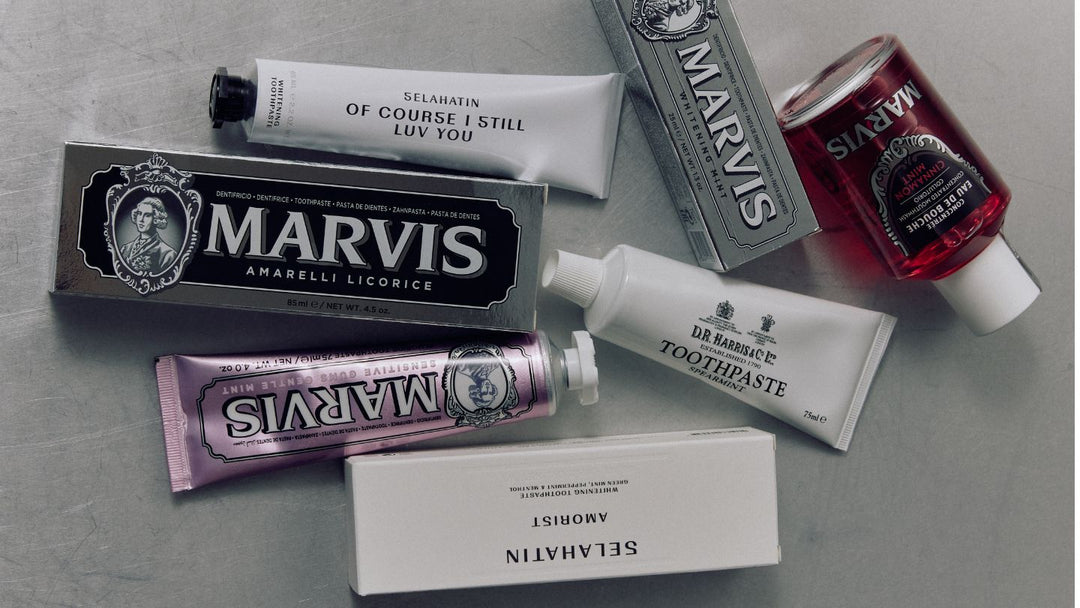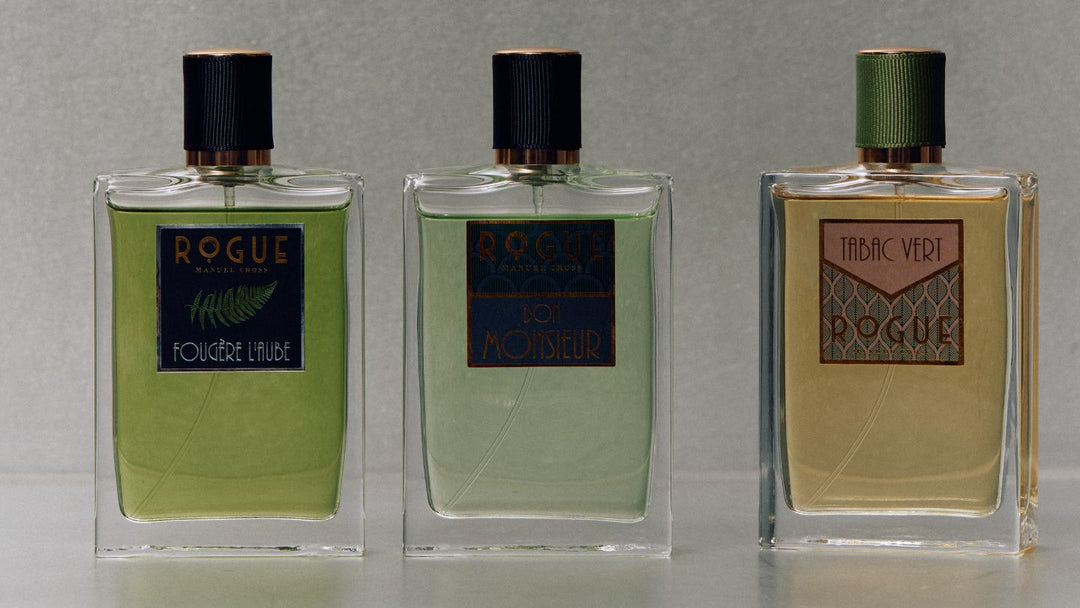Order of Operations: How to Correctly Use and Layer Your Skincare
Achieving healthy, good-looking skin requires more than just a handful of skincare products. As the adage goes: it’s how you use it (that counts). By layering your products effectively and ensuring their compatibility, this unlocks their full potential. From determining the ideal order of application to identifying products that work synergistically, optimizing your skincare routine can make a world of difference in achieving your desired results. In this definitive guide, we outline the principles of layering skincare products, empowering you to elevate your skincare game.
Behold! The science of maximising the efficacy of your skincare routine.
The Importance and Benefits of a Skincare Routine:
A ‘skincare routine’ should precisely embody its name: a structured sequence of processes, where the virtues of consistency manifest in the form of noticeable results. Using the right combination of products in the correct order and at the right time more powerfully targets specific skin concerns, such as dryness, redness, signs of aging, or acne. This also allows your skin to acclimate to the products and properly benefit from its potent ingredients, globally promoting a healthy skin function.
‘Layering’ is a popular term in the skincare community, and should organically result from a considered skincare routine. Layering is a technique because it requires skill and thought (until it becomes second nature), and involves carefully selecting and applying products with different textures, consistencies, and active ingredients to address specific skincare concerns, enhance absorption, and create a synergistically well-rounded order of operations. Simply put, certain products are better, together.

The Principles and Steps of 'Layering' Skincare:
There are a number of helpful principles that guide the layering process. Because every product is a unique amalgam of different components in varying concentrations, it is worth studying their ingredients list to truly determine and understand their place in your routine. The principles below will help assess the coherency of all the products within a singular regimen, and whether they ‘belong’ together.
1. Thin-to-Thick Consistency
By applying products in order of consistency, each product can penetrate the skin effectively without the hindrance of heavier products. This ensures that each product can deliver its intended benefits and allows for better absorption. A word of advice: the tactile feeling and viscosity of a product and its molecular weight of skincare products may not always align - and richer lipid-based substances follow aqueous ones. We will return to this in point 6.
2. Cleanse, Always Cleanse
You can’t do much without a clean canvas, and the removal of impurities accumulated throughout the course of the day allows other products to effectively get to work. The most impressive cleansers often include actives of their own, including acids or niacinamide (B3), and can be selected according to their overall fittingness in your skincare routine.
3. Hydration
Hyaluronic acid is a nearly ubiquitous ingredient – and for good reason – it has the ability to attract and maintain moisture. Whilst the ingredient itself does not necessarily improve the efficacy of other products, a hydrated skin barrier can enhance the absorption and delivery of the active ingredients present in serums, treatments, or moisturisers. This makes it the perfect step following the cleansing phase.
4. Active Ingredients First
Active ingredients, such as retinol or vitamin C (especially found in toners and serums) require direct contact with the skin to work effectively. Applying them early in your skincare routine ensures that they have the best chance of being absorbed and delivering their intended effects.
5. Acids and Alternating Actives
Exercise care and moderation with active ingredients. While acids are invaluable ingredients that exfoliate by breaking down the bonds that hold dead skin cells together and promote cellular turnover, using multiple potent actives simultaneously can cause skin irritation and compromise the skin’s barrier function. Consider whether your cleanser already contains potent acids, especially BHAs, acne-fighting benzoyl peroxide, or if you use physical exfoliating products. Acids can alter the pH levels of the skin, and certain serums require specific pH levels to be effective – keep this in mind if your serum contains ingredients such as peptides, ascorbic acid, or vitamin A. Although the frequent use of sunscreen is a given, actives such as retinol, acids, and vitamin C increase one’s photosensitivity and make SPF protection even more of an imperative.
Listen to your skin and respond to its needs accordingly. Alternate days where you use acids and vitamin C, and/or dedicate days of the week for more intensive processes, allowing adequate rest and recovery between them as required.
6. Water-Based Before Oil-Based
Water-based products are generally better at penetrating the skin compared to oil-based products, which act as a protective barrier. Applying water-based products first allows them to be absorbed properly, while the oil-based products create an occlusive barrier to lock in moisture and prevent water loss. Applied in the wrong order, and the product can’t reach the skin.
When in doubt, consult the ingredients list, which orders according to their prominence. If aqua/water/eau comes first, treat it as water-based. In the case of moisturisers, more often than not they are a homogenous blend of water and oil, and should be applied before a facial oil.
7. Allow Each Product to Absorb
Giving each product time to absorb into the skin prevents the products from mixing or pilling on the skin's surface. It also allows ample time for the active ingredients in each product to penetrate and start working before the next layer is applied.
8. Day or Night?
Applying sunscreen before bed wouldn’t make sense, and you generally wouldn’t apply retinol during the day. Certain ingredients work better in the evening when the body repairs itself. For instance, thicker emollients like facial oils and richer moisturisers can be better absorbed by the skin in the evening, applied in a controlled environment without the pollutants encountered in the outside world. A day routine and a night routine should have family resemblance at best – and they needn’t be identical!
An Example Routine:
| Morning | Night | |
| Cleanser | Start by cleansing your skin with a cleanser suitable for your skin type. This is less about removing impurities, but preparing the skin to receive its skincare. | Cleanse the skin in order to remove the impurities accumulated throughout the day. Cleansers with a small amount of AHA/BHA content gently exfoliate the skin, and can be left on the skin for a few minutes to achieve a deep clean. |
| Exfoliation | Not required. | [Optional / Occasional] More deliberate exfoliation can be achieved with either physical or chemical (acid) exfoliants, often including lactic, glycolic acid, and/or salicylic acid. Best left to occasional weekly use, afterwards the skin requires careful soothing with restorative ingredients. |
| Toner / Essence | [Optional - Recommended] Follow up with a lightweight and watery formulation that hydrates, soothes, nourishes, and improves product absorption. Often rich with glycerine, hyaluronic acid, and botanical extracts – this is like a refreshing glass of water for parched skin. Douse into clean hands and press into the skin. | [Optional - Recommended] As before, these lightweight formulas deliver a slew of benefits to the skin. Apply according to your skin’s needs, and use to hydrate, soothe, and nourish. After an acid treatment, there’s nothing better than a generous dose of hyaluronic acid or a milky toner to restore balance to the skin. |
| Treatment / Serum | [Optional] Apply a lightweight serum, such as a low-strength vitamin C product to provide antioxidant protection and brighten the skin. Must be followed with an SPF. | Less than optional in the evenings, serums are your concentrated shot of good ingredients delivered directly to the skin designed to address specific concerns, such as brightening vitamin C, skin-repairing peptides and ceramides, anti-aging retinoids, or plumping and hydrating hyaluronic acid. Consider one concern at a time, and alternate actives. |
| Moisturiser | Apply a lightweight moisturiser that suits your skin type to hydrate and nourish your skin. An occlusive function protects against environmental aggressors and free radical damage. Moisturisers inclusive of SPF are a bonus, but can be supplemented with a sunscreen if required. Equally, the delicate eye area needs an appropriate product to match. Gently apply a small amount of eye cream around the orbital bone. And don't forget to hydrate and protect your lips with a lip balm, best reapplied as required throughout the day. | Apply a rich and occlusive moisturiser in the evening, which locks in serums and prevents transepidermal water loss. A reparative eye cream and lip balm complete this stage. |
| Face Oil | [Optional] Generally speaking, face oils are not required during the day and may interfere with serums and/or sunscreens. However, a light application may prove effective for partcularly dry skin types that feels tight. | [Optional] Vitamin-packed face oils can offer unparalleled antioxidant benefits, deeply hydrating, healing, and repairing the skin – and just might be the secret ingredient for truly tremendous skin that looks elastic, glowy, and plump. |
| Sunscreen | If you are without SPF in your moisturiser, or simply wish for a higher grade of SPF, finish your routine with a broad-spectrum sunscreen. | Sunscreens are not required before bed, unless you sleep in the sun! |





